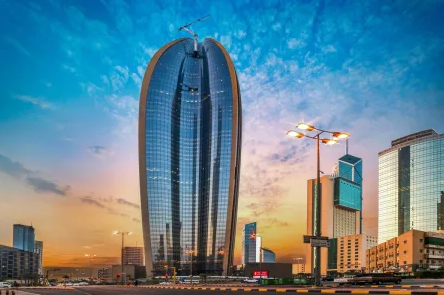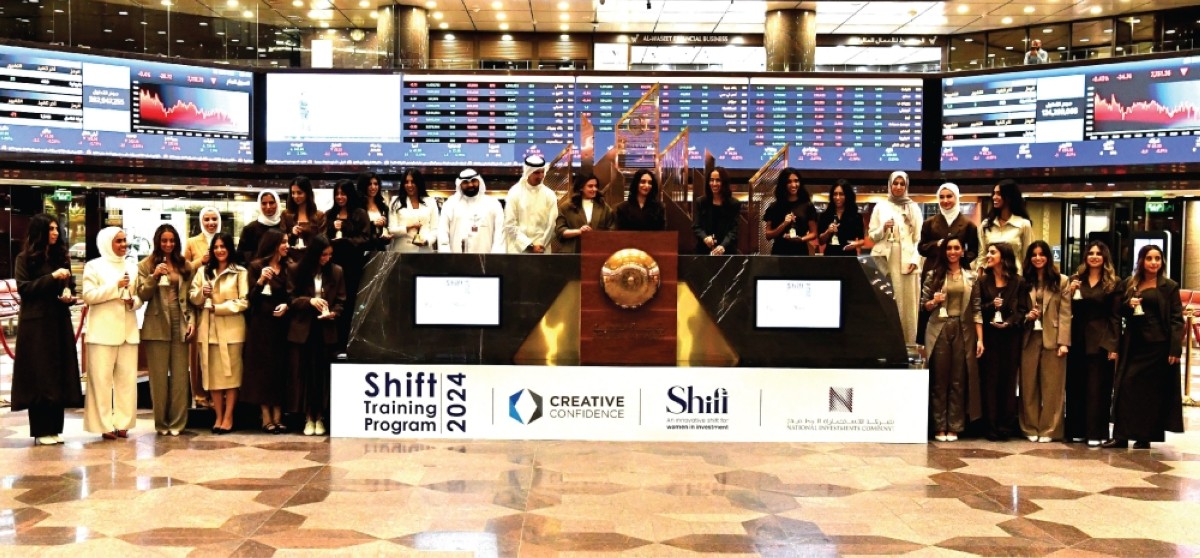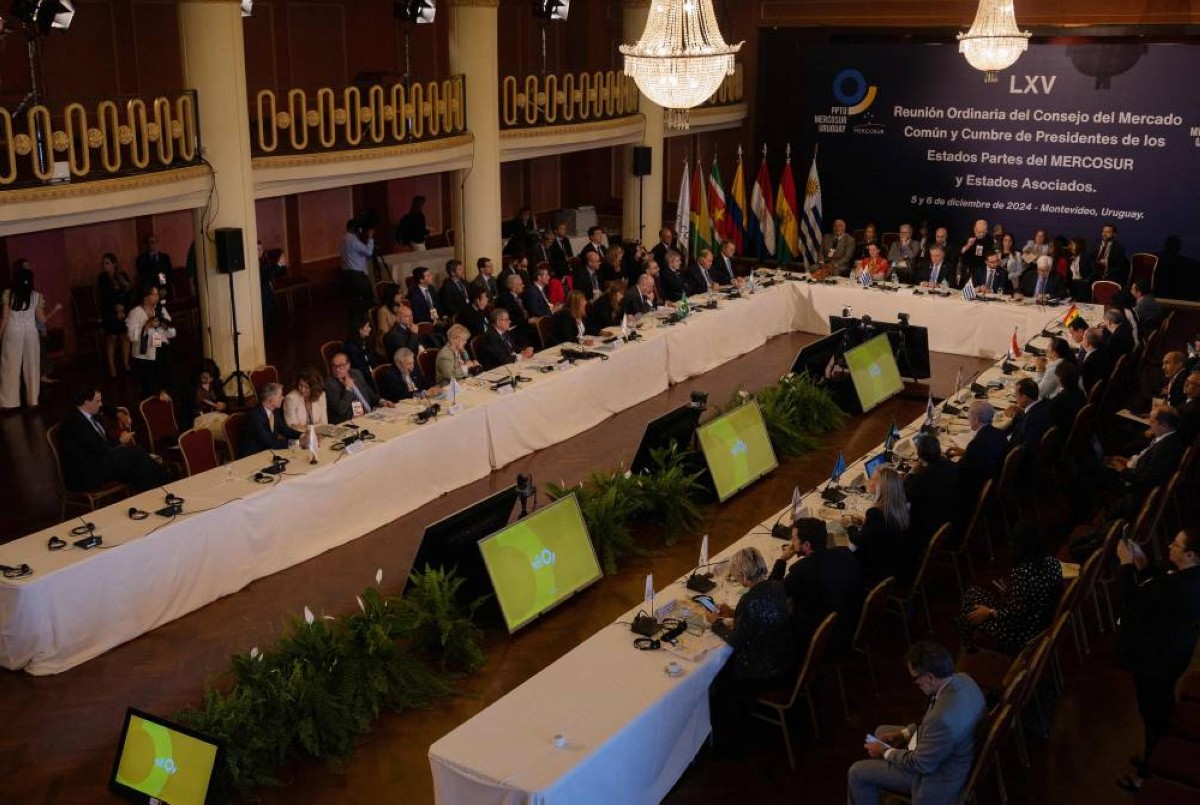Oman to become a global green hydrogen producer, exporter
MUSCAT: Oman is racing time to keep abreast of the global transition to renewable energy and climate, having already taken significant steps by finishing the review of relevant regulatory and legal frameworks.

Najla Al-Jamali.
Oman’s 2040 vision is primarily based on leading world green energy producers and exporters by targeting the production of one million tons of green hydrogen per year by 2030 and eight million tons by 2050.
Oman, which is now a fossil-fuel-producing country, has allocated plots of land spanning 50,000 kilometers for investment in renewable energy and green hydrogen projects, with estimated investments to hit 140 billion dollars by 2050. The sultanate abounds in great potential for green hydrogen production, chiefly solar energy and wind energy, extended onshore land, industrial harbors near production areas, and long experience in fuel production and exportation, not to mention political and social stability and manpower.
Unquestionably, all these capabilities would put this Gulf country on track to be a powerhouse of green hydrogen production and exportation. In August 2021, the Omani Ministry of Energy and Minerals launched a national green hydrogen alliance known as “Hi Fly” to place the Sultanate of Oman on the map for developing the production and usage of clean hydrogen. The alliance includes 13 main entities from the public and private sectors that would work to support and facilitate the production, transportation, local utilization, and exportation of clean hydrogen.
On March 13, 2022, Sultan of Oman Haitham bin Tareq instructed fast-track measures to regulate the green hydrogen sector, set out necessary legal frameworks and policies, allocate appropriate locations, and establish a clean energy agency and a green hydrogen development company. Oman has taken it upon itself to reduce emissions and reach carbon neutrality, which means a balance between emitting carbon and absorbing carbon emissions from carbon sinks, by 2050 only as part of Gulf commitments towards a growing global transition to clean energy.
The sultanate has also taken tangible steps towards the reduction of fossil fuel consumption by means of promoting solar and wind energy projects with a view to capitalizing on nice weather conditions and appropriate geographical nature. The International Energy Agency (IEA) predicted the sultanate to become the world’s sixth-largest hydrogen exporter by 2030 and the biggest in the Middle Eastern market. Based on its high-quality renewable energy resources and vast tracts of available land, Oman aims to produce at least one million tons of renewable hydrogen a year by 2030, up to 3.75 million tons by 2040, and up to 8.5 million tons by 2050, according to a recent report.
The 2040 hydrogen target would represent 80 percent of Oman’s current liquefied natural gas (LNG) exports in energy-equivalent terms, while achieving the 2050 target would almost double them, it said. Achieving its targets and using one-third of renewable hydrogen for domestic uses would significantly contribute to Oman’s clean energy transition, said the IAE, listing the benefits as reducing domestic use of natural gas by three billion cubic meters a year and avoiding seven million tons of carbon dioxide emissions.
In this context, Najla Al-Jamali, Chief Executive of Alternative Energy at OQ, a global integrated energy company, said renewable energy projects contribute to attaining economic diversification goals through the balance in energy sources by cutting reliance upon fossil fuel and natural gas as main sources of national income. She said there are joint projects between the sultanate and the State of Kuwait, including an ammonia production project in Al -Wusta Governorate, in partnership with Shell Global, Kuwait’s EnerTech Holding Company, and InterContinental Energy Company.
EnerTech Holding Company, a fully owned subsidiary of Kuwait Investment Authority (KIA), runs investments in the energy, clean technology, recycling, water, waste management, and renewable energy sectors, while OQ, together with global partners, invests in three mega-green hydrogen projects valued at over 15 billion dollars, she added. OQ also seeks to explore opportunities for investment in green hydrogen-based industries and supports local renewable energy companies by entrusting them with environmental studies and geographical and soil surveys. Green hydrogen is produced using emissions-free renewable power sources like wind, solar, and hydropower to separate hydrogen from water. — KUNA
This makes it a sustainable fuel source that can be used to help hard-to-abate industries like steel making and shipping decarbonize. Hyport Duqm, which is a joint venture of Belgium’s Deme Concessions and OQ Alternative Energy, is a major strategic green hydrogen production project in Oman, covering 150 kilometers. The project includes a solar and wind park with a total installed capacity of about 1.3 GW, a dedicated, high-voltage green electricity transmission line, and a utility-scale electrolysis and ammonia conversion plant. —KUNA.











